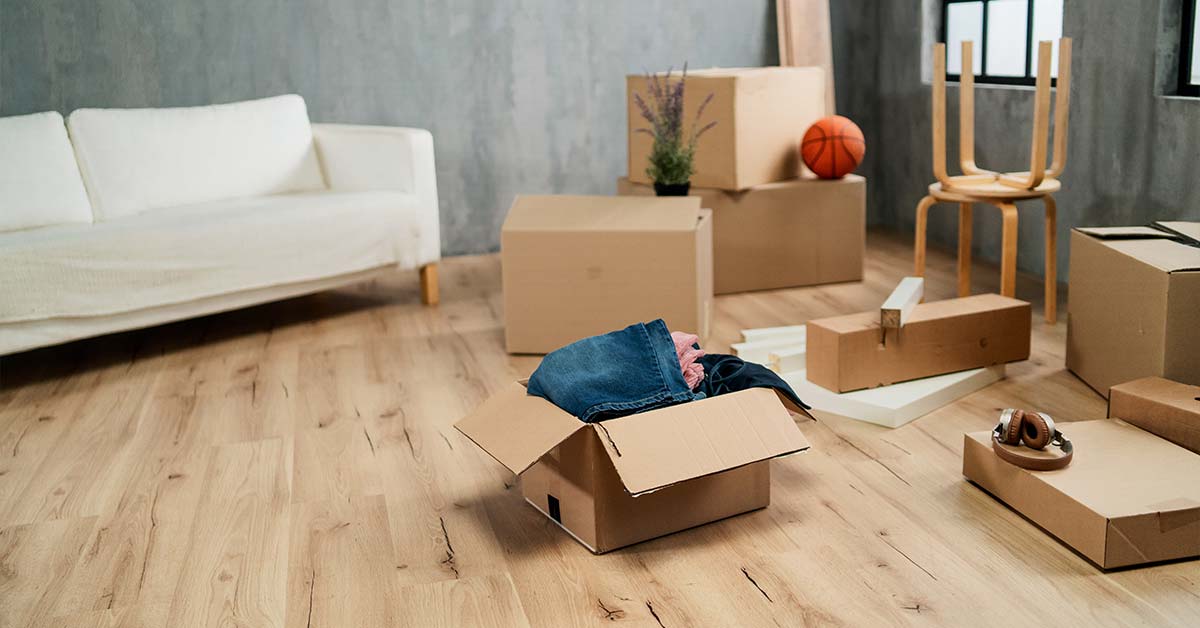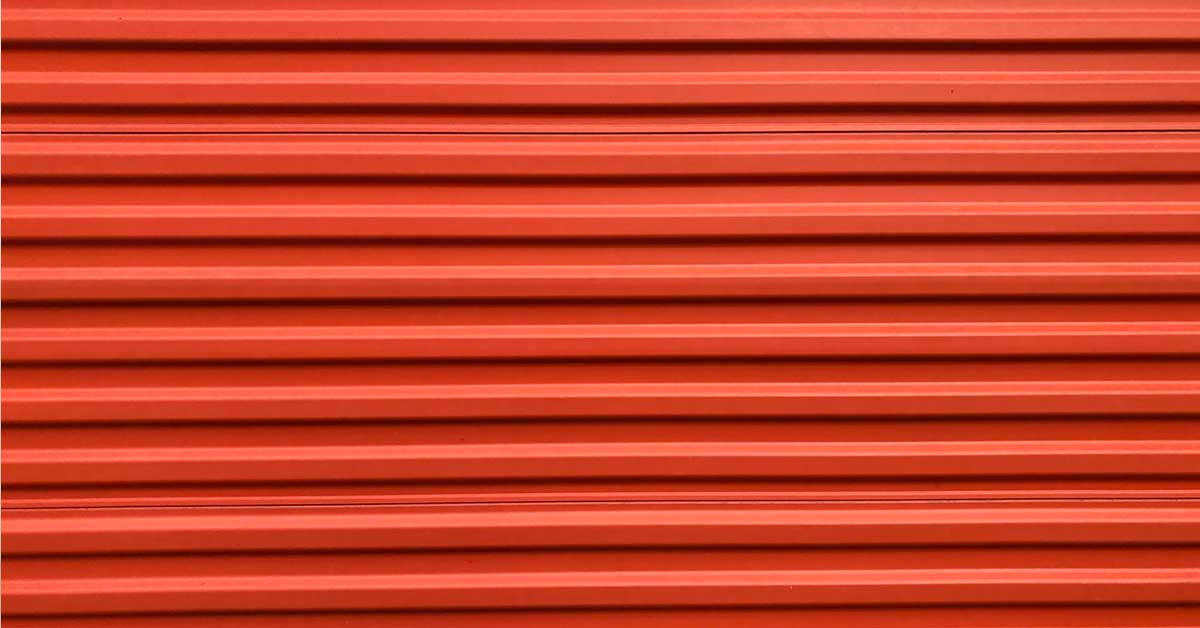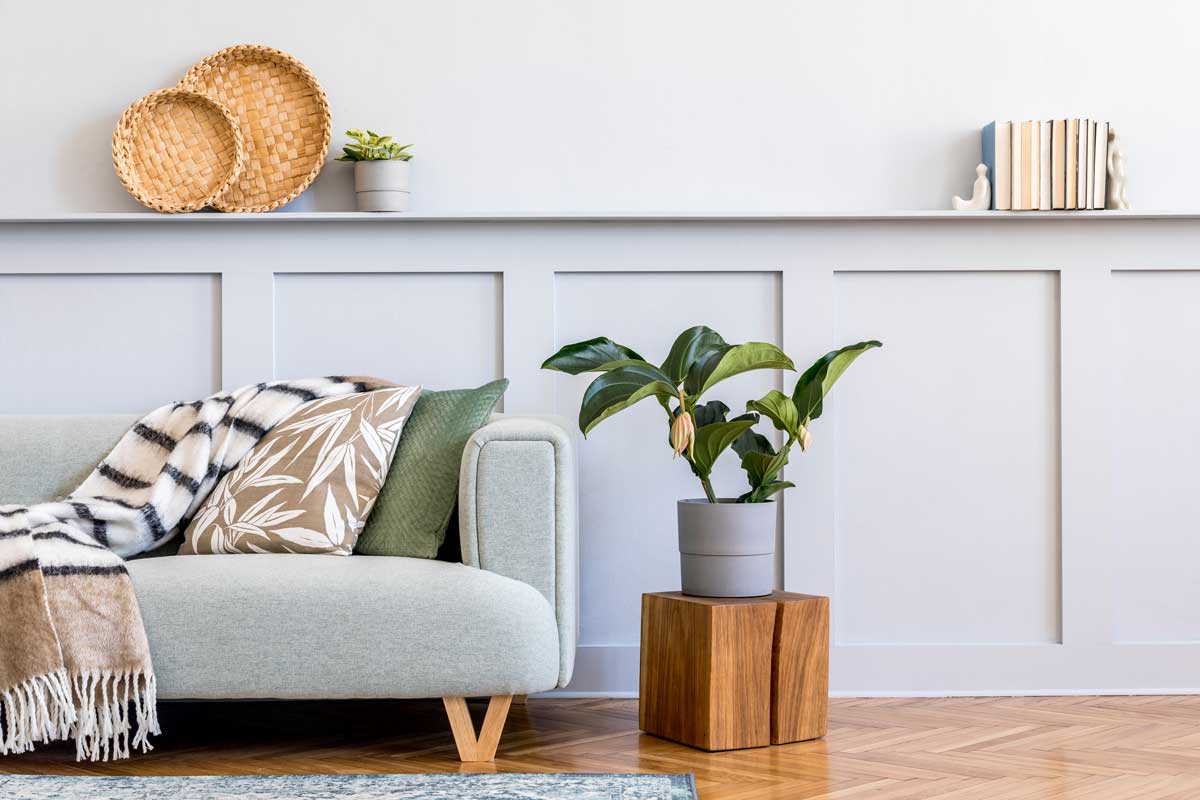Whether you’re hiring full-service movers or DIY’ing to save money on your upcoming move, getting at least some moving supplies is non-negotiable. So, unless you completely outsource packing (which will be expensive but will eliminate the need to get moving supplies yourself), you’ll need certain items to protect and transport your belongings. Even if you do pay someone to pack your home, you’ll still need to pack personal essentials for moving day.
Using the right packing material and moving supplies will keep you organized and your belongings safe so your move is streamlined and stress-free. Some are essential, some are just great to have. Here’s our complete list of moving supplies, packing tips, advice on how to save money on packing supplies, how to choose the right packing and moving supplies, and FAQs.
Here are some steps you can take when it’s time to choose your packing and moving supplies.
Figure out your moving budget
The best way to pack for moving is to start earlier, rather than later. Our moving checklist suggests that you figure out your moving budget two months before the move. Before hiring a moving company or committing to a DIY move, figure out your overall relocation budget. Those looking to hire a moving company for a long-distance move should budget around $5,000. A local move, on the other hand, may only cost around $1,000. If moving for a job, be sure to also check with your employer about whether or not they’ll be covering expenses. The budget amount might fluctuate as you adjust, but it’s helpful to start with the ballpark figure at least. Please take advantage of our online moving cost calculator to figure out how much you can expect to spend.
Create an inventory
If you hire professionals, they will do an inventory too (in person or via a virtual survey), but you need to create your own inventory. This is a necessary step for several reasons, including figuring out what moving supplies you’ll need and in what quantities. Go through all your belongings, room by room and closet by closet. Include all cabinets and drawers. Get an idea of how much you’ve got and make notes of what can go. Take inventory of what furniture isn’t worth moving, and also do a closet purge. If it doesn’t fit, is out of style, and/or you haven’t worn it in a year, get rid of it. The same goes for your children’s closets, linen closets and bathroom shelves. Toss, recycle or donate what you don’t need. Sell your better yet still unwanted items. It’s an undertaking, but it’s the only way to get an idea of how much you’ve got to move and to lighten your load. If there are some items you want to keep but don’t want to bring them to the new home, consider storing the items in a storage unit. You can rent a storage unit (big or small) according to the number and size of the items you want to store. At U-Lock Mini Storage, we have storage facilities and storage unit sizes across Greater Vancouver and Vancouver Island. Our self-storage facilities include storage units Victoria, storage units Parksville, storage units Nanaimo, storage units Burnaby, storage units White Rock and Surrey and storage units Chilliwack and our team is thrilled to help you with your storage needs! Please feel free to contact us if you have any questions.
Strategize your packing process
About five weeks before the move and boxing up your things, figure out a timeline for the packing process. Plan to pack all non-essentials first. These include items you won’t need in the weeks leading up to the move, including books, home decor items and electronics. Packing essentials should be last. These include kitchen items, dinnerware, clothing, toiletries, and any other items you’ll need in the days leading up to the move.
Plan out your packing supplies
Use our packing calculator to get a good idea of just how much you’ll need in terms of packing supplies. This way, you can be sure to get what you need on the first run to the store. To use the calculator, simply plug in the number of bedrooms in your home, the number of adults moving, your packing style (basic, average, professional), and your lifestyle (minimalist, modest, pack rat). The calculator will also give you the rundown of exactly what kind of boxes you’ll need by size and/or type, and the estimated total cost of your moving supplies. Take it with a grain of salt, as you might need fewer or more supplies as you go. You also don’t have to buy all the supplies. Some you can source for free (more on that below).



